I tend to write too much. Overstuffing each sentence with dashes, parenthesis, and asides. I know I do this, but I can't stop. There's just too much to tell. As far as indulgences go, it's pretty tame, but I need to quit.
As a way to do that I’m going to be putting these rabbit hole tidbits into a series that will be as deliberately to-the-point as I can make them. Some you’ve heard before, maybe even from me in an earlier post. Hopefully even the previously known will still be interesting, like a hole on a familiar golf course.
Won’t you join me for a quick 9?
*NOTE: underlined text provides a link to references or sites with more information
We’re hitting the back 9 from last week’s Quick 9 to talk more golf-but-not-really-golf scholarships prior to the 1960s
1. I Won’t Say Yes Or No To That
Before his infamous bloody hands, the harrowing plane crash that caused them, and even a meteoric rise in the golf world, Stewart “Skip” Alexander was one of the best players in college golf. He helped put Duke golf on the map in the late 1930s-early 40s. Stewart’s golf game did a lot of talking at some of the biggest tournaments, but one thing he couldn’t - or wouldn’t - say is if he was at Duke on a golf scholarship. Hmm…
2. L$U
In the previous post we highlighted a couple things about LSU golf and scholarships. There was even that quote from LSU AD Red Heard in 1948 about never giving out golf scholarships. Maybe that’s true and other newspaper articles were misinformed, but reports like the one below from 1940 which indicated LSU golf was close to being cut in 1940-41 is interesting. Spoiler alert: the program wasn’t cut, finished 2nd as a team in the 1941 NCAA championship, and Earl Stewart was both the medalist and individual champion that year.
3. Permissible Scholarships
We briefly mentioned two types of golf-related scholarships that the USGA considered permissible: caddy scholarships such as those given out by the (Chick) Evans Scholar Foundation, and those won as a prize in a contest. In late 1945, a San Diego newspaper editor named Harvey Fleming passed away and willed $50,000 to be given as scholarship awards in an annual golf tournament. Mr. Fleming stipulated that medalists of the “Harvey Fleming School Fund Tournament” would receive several hundred dollars in scholarship funds to the school of their choice. One of the early recipients of this scholarship was US Open and Masters champion Billy Casper who mentioned in his book The Big Three and Me (2012) that he won in both 1947 and 1948. Casper used this money to attend Notre Dame for a single semester.
4. Permissible Is A Matter Of Opinion
Another winner of Harvey Fleming scholarship money was Dick Estey, who attended Oregon starting in 1949-50. Estey, who later in life was known more for his incredible golf collection rather than his play, won the Fleming tournament in his brief stint stationed in the San Diego area after enlisting in the Navy. Prior to that, Estey earned a total of $300 in scholarship money for twice winning the Oregon Golf Association Junior Title in 1947 and 1948. Freshman weren’t allowed to compete in Pacific Coast Conference (precursor to PAC-8/10/12/2) athletics, so the question of Estey’s scholarship money didn’t come up until his sophomore year. It just so happened that this came to light when the Oregon golf team was on a roll looking to return to the NCAA championship. The PCC ruled Estey was ineligible to play under the conference rules against scholarships gained by “athletic prowess” which caused as much uproar as it did confusion.
5. More PCC Problems
Two other golfers suffered the same fate as Estey: Jack Van Rossem [Southern Cal] and Dick Strand [Oregon State]. The PCC didn’t get through everything they wanted to cover during their 1951 conference meeting a few months later, but what they did have time to agree on was to not allow their member school golfers to accept scholarships won as prizes, even though they were permitted by the USGA (in so far as that matters). Instead, PCC officials decided that current students who had already won and accepted similar scholarships could keep them, but had to sacrifice a year of eligibility just like Estey, Rossem, and Strand had. This seems rather harsh for a supposedly permissible benefit, but is a bit more understandable when you find out the PCC was going through some major stuff already in football.
6. Stetson
Women’s college golf goes back much further than most people realize. Likewise, women’s golf scholarships were awarded earlier than you might think. We’re even less sure about the first female to receive a golf scholarship than we are about Fred Haas being the first male, but it appears that Stetson was on that bandwagon early. We’re not even really sure how many golf scholarships Stetson gave out during this time, but we found mention for at least three: Margaret McNeely (1949), Sandy Shearouse (1952), and Betty McKee (1953). It won’t come as a shock to learn that Stetson had quite a run of success in the 1940s-50s.
7. The Great Gundy
Arizona State legend JoAnne “The Great Gundy” Gunderson-Carner was a superstar before, during, and after college. ASU’s website indicates that Gunderson is believed to be the first woman in the United States to earn a golf scholarship. While we haven’t found anything that explicitly confirms or refutes that claim, there are newspaper clippings such as those for Shearouse a few years earlier makes the whole thing extra interesting. An added dimension of intrigue here is that Gunderson just earned a stunning victory in the USGA’s US Women’s Amateur tournament when it was reported that she was to attend Arizona State on a golf scholarship starting in 1958.
**WARNING: we’re closing with two long Palmer-designed par 5s**
8. Arnold Palmer Gets a Scholarship
You can thank Bud Worsham, younger brother of 1947 US Open champ Lew Worsham, for bringing Arnold Palmer to Wake Forest. But how did Palmer, a Pennsylvania native, and Worsham, who hailed from Washington DC, end up at Wake Forest? The short version is that the two became fast friends while competing at a national junior amateur tournament the summer of their high school junior year (1946). On a long train ride out to the same tournament the next summer, Worsham talked excitedly about his full-ride golf scholarship to Wake Forest, the first offered by the school. WF Athletic Director Jim Weaver had gotten serious about putting together a competitive team to battle North Carolina and Duke, and had apparently recruited the youngest Worsham brother who was said to be even better than the newly-crowned US Open champ. Not only did Worsham talk up Wake Forest to Palmer, he also talked up Palmer to Weaver, and managed to convince the competitive AD to extend the same scholarship to Palmer. Since none of the Pennsylvania state schools were offering more than partial-rides, Palmer headed to parts unknown just days before classes started in the fall of 1947.
9. Arnold Palmer Creates a Scholarship
Unfortunately, this isn’t a completely happy story, and Bud Worsham is the reason Palmer left Wake Forest as well. Following a tragic accident that claimed his best friend’s life in the all of 1950, a grieving Arnold Palmer left Wake Forest and spent the next three years serving in the Coast Guard. Before turning pro in 1954 and becoming one of the legends of PGA Tour golf, Palmer returned to Wake Forest for one last semester, becoming the first ACC individual champion.
Less than a decade later, Palmer was one of the highest earners on the PGA Tour and endeavored to use some of his (still not vast) wealth to keep his friend’s memory alive. In creating the (Bud) Worsham Golf Scholarship Fund at Wake Forest in 1962, Palmer seems to have become the first college alum to fund a school golf scholarship in the United States. The scholarship still exists today and a number of Demon Deacons familiar to golf fans have received it or Palmer’s other scholarship including: Jay Sigel, Lanny Wadkins, Jerry Haas, Curtis Strange, Bill Haas, Webb Simpson, and Will Zalatoris.
Thanks for reading! There are more courses at this complex (I'm stretching this analogy to the breaking point), and I have a feeling we'll be playing more quick 9s here soon.




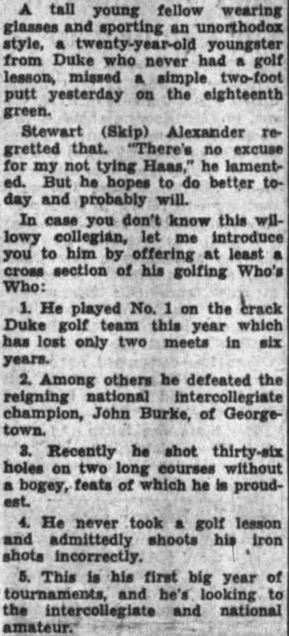
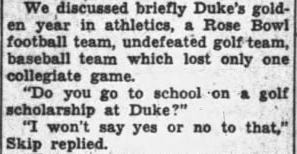


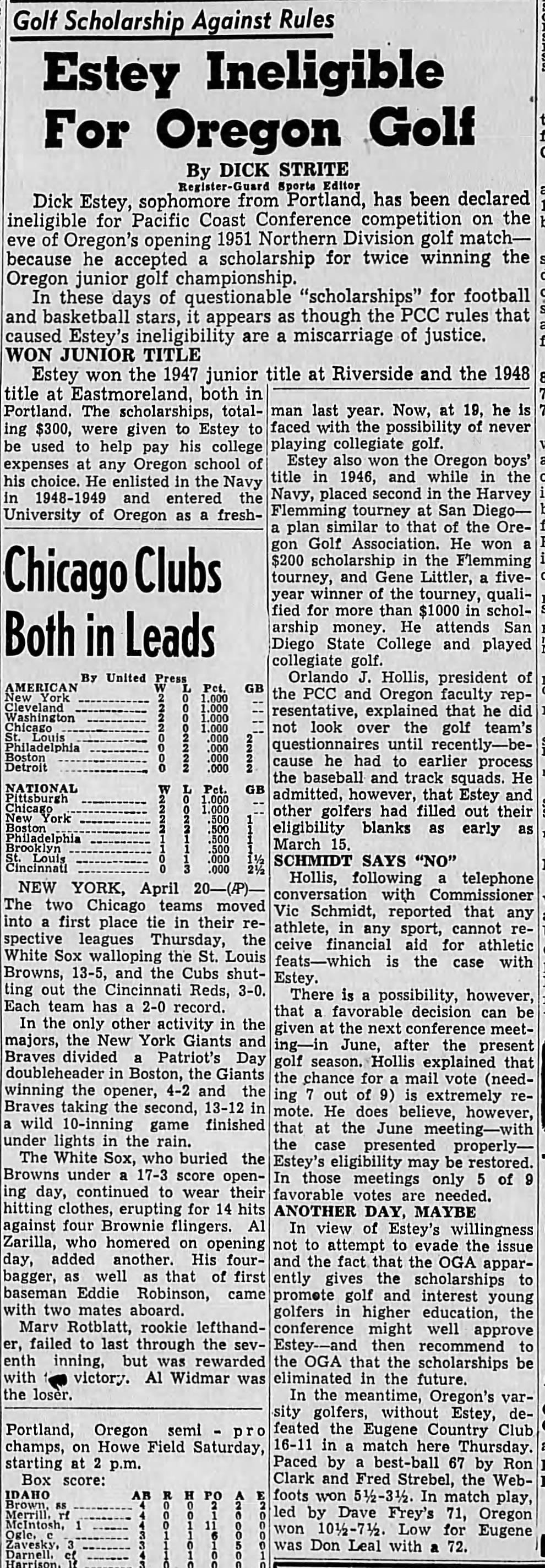
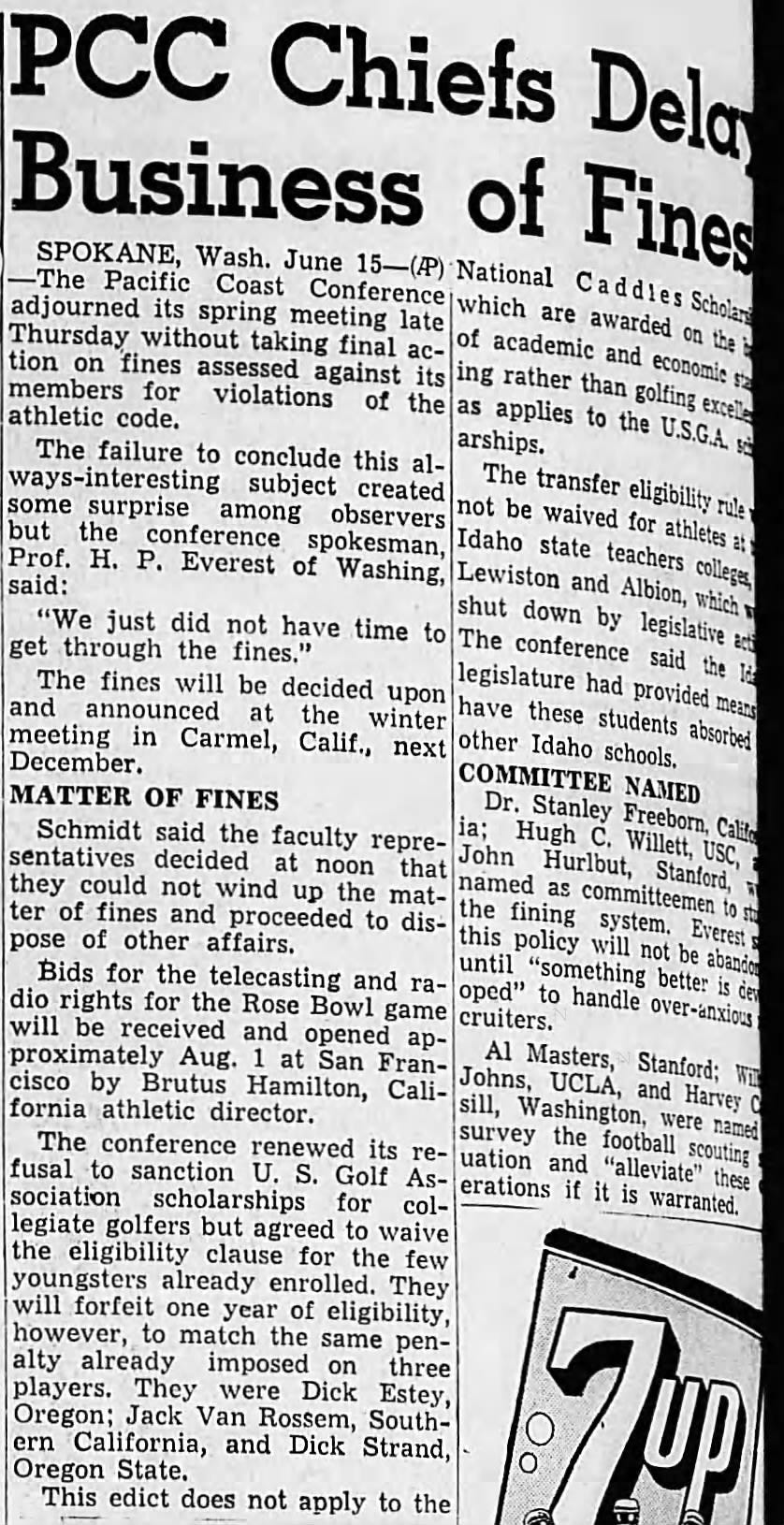
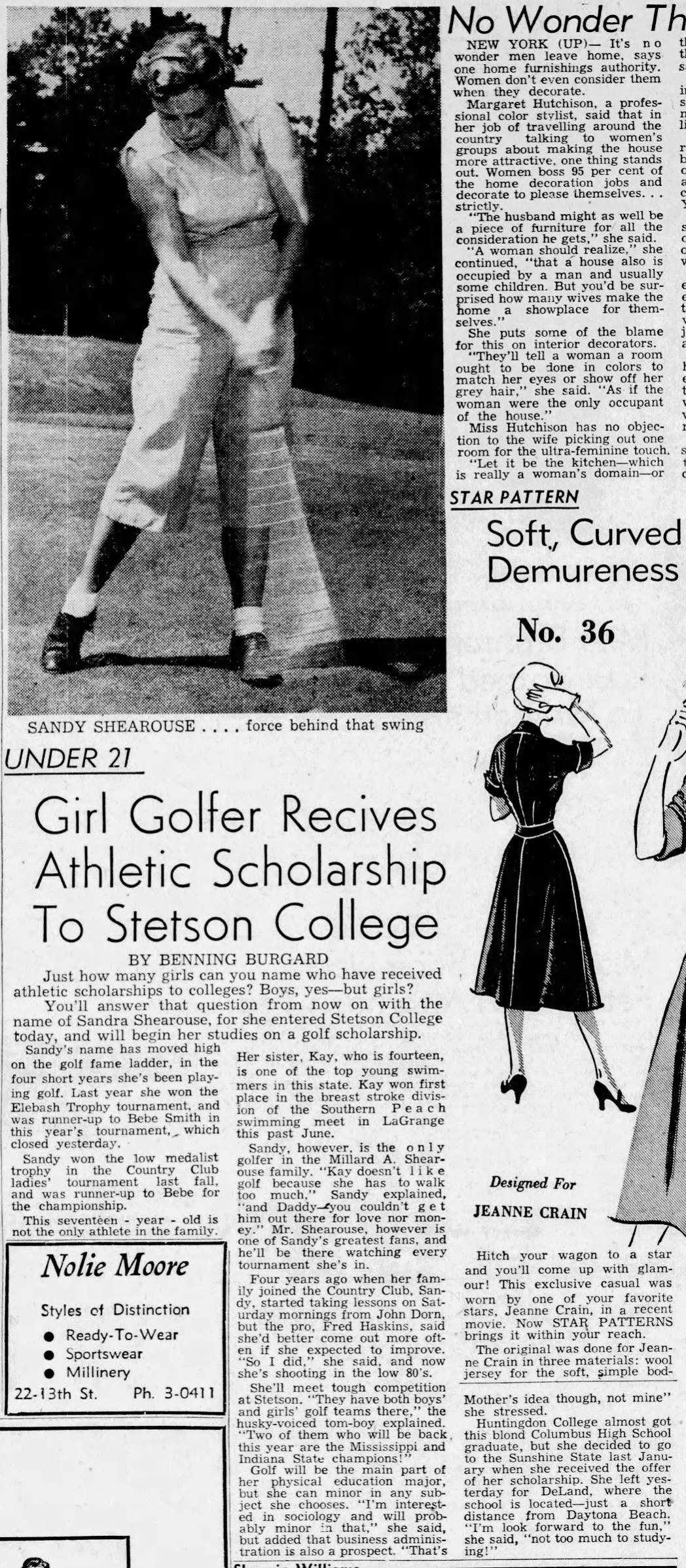



Great article! Also thanks for linking the one on Skip. What a fascinating story!